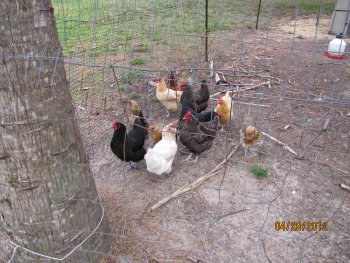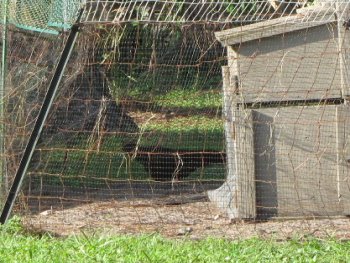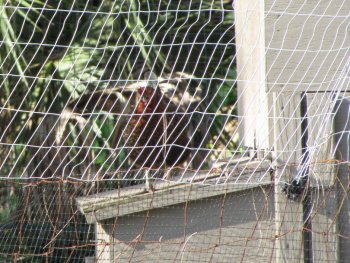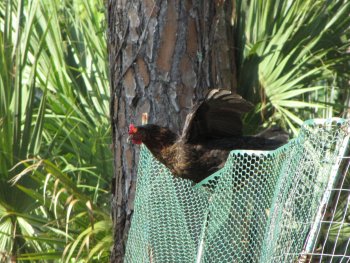Looking for Automatic Chicken Waterer Parts List?
This is the 4th chapter in How to build an Automatic Watering Station for your Animals, Chickens, Birds, and whatever else can drink water. This system is very versatile and can be designed and customized to fit many different situations.
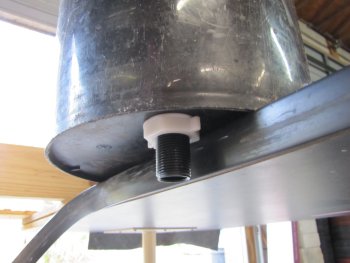
Here you see the threads of the toilet fill valve through the bucket reservior. Now we need to build a stand so we can allow this fitting to be free and not in a bind.
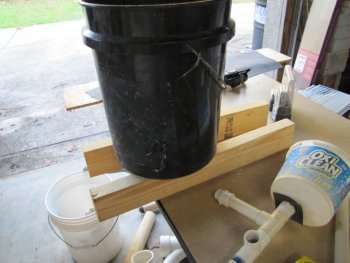
Testing the 2 by lumber for size. I am using pine lumber, but pressure treated is the way to go. A cinder block or a series of bricks will also work, but wood is lighter and can be customized indefinitely. Mark the wood so the container will be well supported.
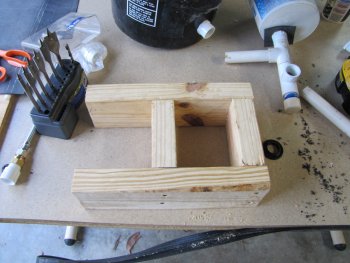
The stand is finished. It is solid. This design will support the bucket reservior and allow the toilet fill valve threads to be connected freely.
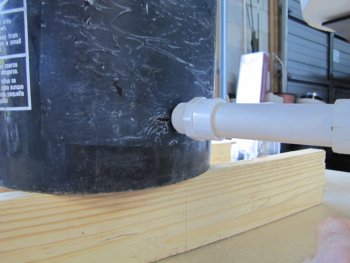
Now that we know where we are with a stand we can line up the cup assembly to mark for the through seal hole. Again this is just a female thread with a bushing to take up some space and a piece of pond liner as the gasket. The only manufactured product I can find to do this is a water heater pan. The fitting that comes with it is perfect, but it is 1 1/4″ fitting. Some hardware stores would have rubber gaskets or washers that will work better, but it may take a while to actually find the one that will work for your system.
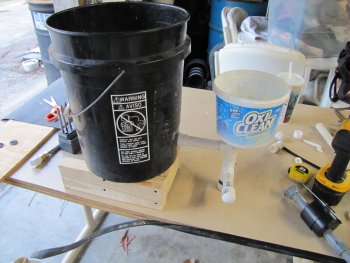 Ok we are connected and ready to water test. After water testing, I found this cup container to be too flimsy and I switched to the tupperware bowl, which worked out much better. I placed a tee on the pipe coming out of the bucket reservior to go down to a cap that is at the right size to help hold up the cup assembly. I also placed another tee so that I could maybe put another cup in place near this one or even in another cage.
Ok we are connected and ready to water test. After water testing, I found this cup container to be too flimsy and I switched to the tupperware bowl, which worked out much better. I placed a tee on the pipe coming out of the bucket reservior to go down to a cap that is at the right size to help hold up the cup assembly. I also placed another tee so that I could maybe put another cup in place near this one or even in another cage.
It is getting finished – Field testing is near.
Now to Install in the Field – Automatic Chicken Watering System – 5

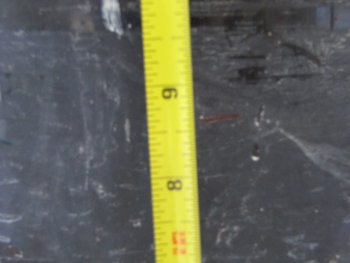

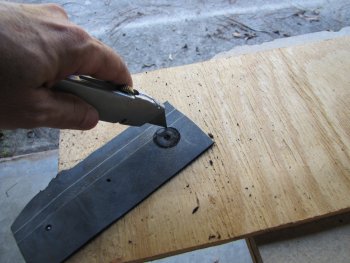
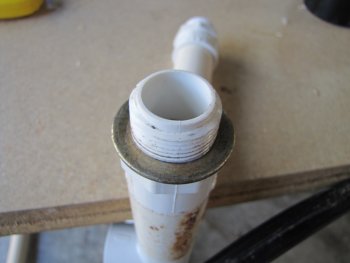

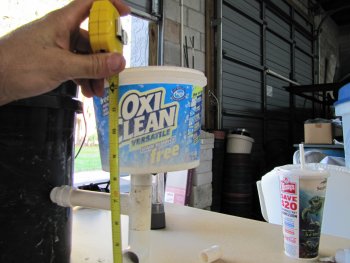
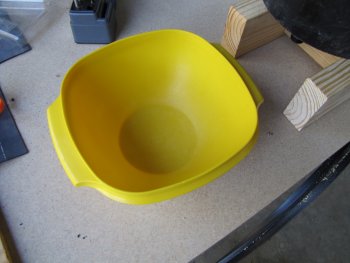
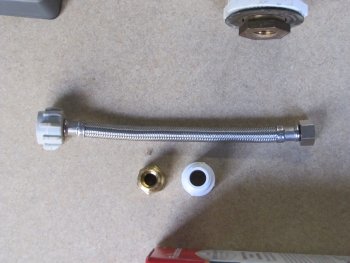
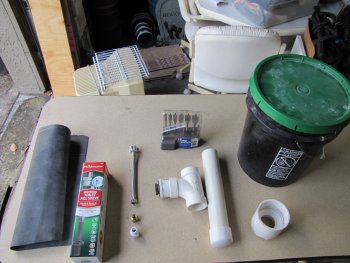
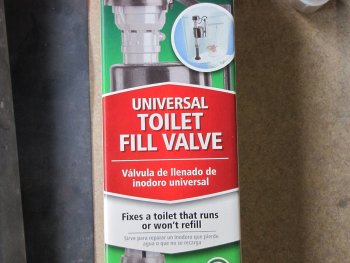

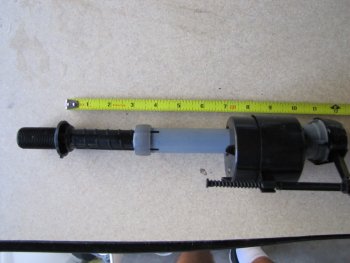
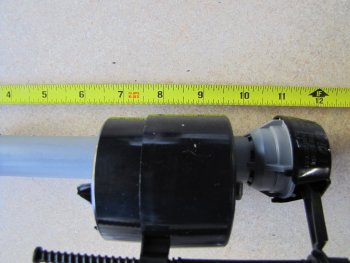
 This is the next chapter of “Poultry Prison”. In the previous post, I discussed the idea of adding a small fence (3′) on top of a larger fence (4′). The test project worked and we have had no escapees. Our chickens don’t seem to mind. The final chicken fence height is 7′.
This is the next chapter of “Poultry Prison”. In the previous post, I discussed the idea of adding a small fence (3′) on top of a larger fence (4′). The test project worked and we have had no escapees. Our chickens don’t seem to mind. The final chicken fence height is 7′.
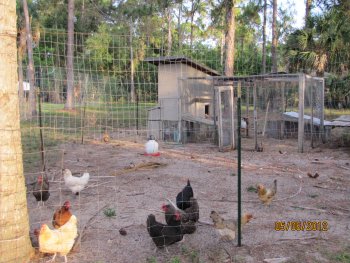
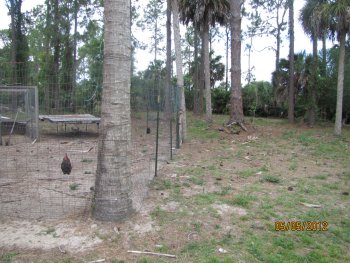
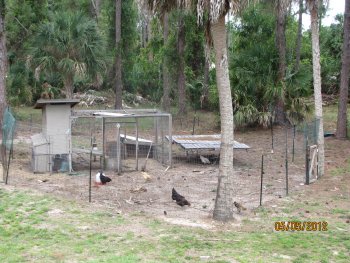

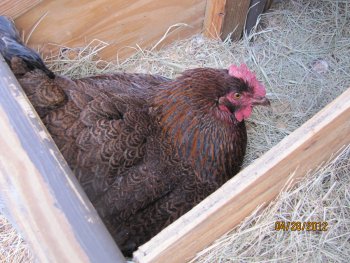

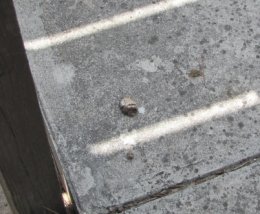
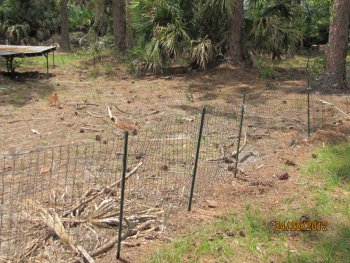
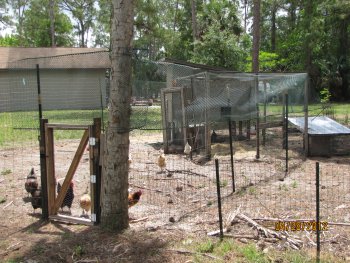 After much time, I was able to get some pre-owned 4 foot sturdy fence, and I found some beefy 6 foot temporary fence posts at the hardware store. So using the trees and these new found fence posts, I put the 4 foot fence up. The photos you see are our first go at it. If this works, I will expand it to encompass more space for them to roam. I extended the 6′ fence posts with the other (salvaged) fence posts so about 7′ or 8′ is actually out of the ground. Some places I used some 3′ rabbit fence on top of the 4′ fence, and other places I used the plastic chicken wire on top. The rabbit fence holds up better, but it does not matter as long as they don’t fly over it. We were not as concerned with all the pot holes they leave in our yard (everywhere), as we were with the land mines on the concrete walks.
After much time, I was able to get some pre-owned 4 foot sturdy fence, and I found some beefy 6 foot temporary fence posts at the hardware store. So using the trees and these new found fence posts, I put the 4 foot fence up. The photos you see are our first go at it. If this works, I will expand it to encompass more space for them to roam. I extended the 6′ fence posts with the other (salvaged) fence posts so about 7′ or 8′ is actually out of the ground. Some places I used some 3′ rabbit fence on top of the 4′ fence, and other places I used the plastic chicken wire on top. The rabbit fence holds up better, but it does not matter as long as they don’t fly over it. We were not as concerned with all the pot holes they leave in our yard (everywhere), as we were with the land mines on the concrete walks. 
